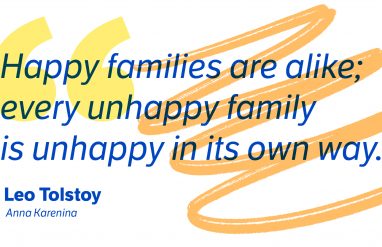The holiday season is so much fun. With presents, family get-togethers, and delicious food, every day brings something new!
During this festive time, lots of unique vocabulary is used that might have you scratching your head. Many of the words used—in songs, greetings, and to honor our traditions—date back hundreds, if not thousands, of years. That’s one reason they may seem unfamiliar.
With this advent calendar, your kids (and you!) will learn one fun new word every day leading up to Christmas! Think of it as our holiday gift to you and yours. Can you find ways to use these new words throughout the season?
Want more fun word activities and help with your kids’ homework? Sign up for homework help right in your inbox!






































